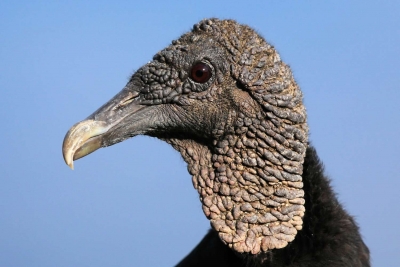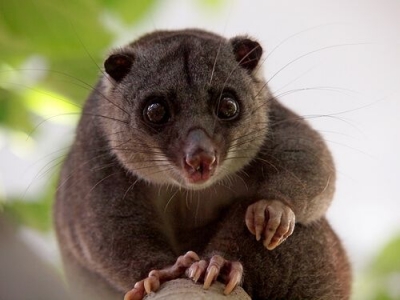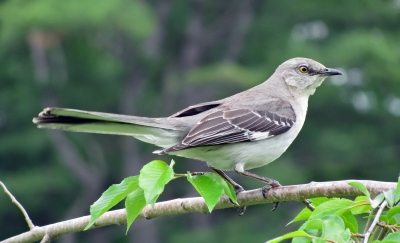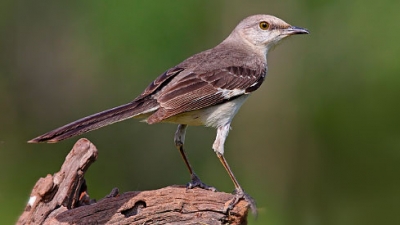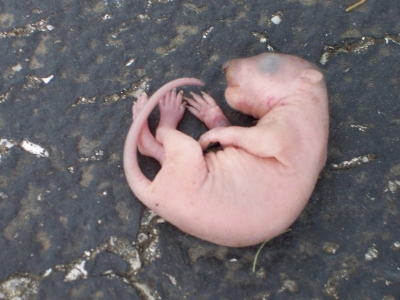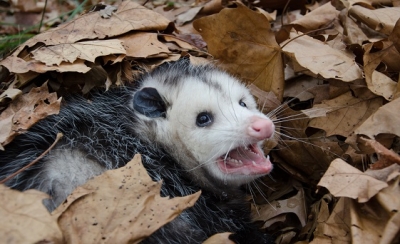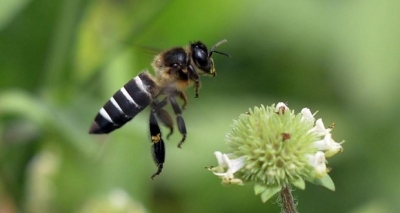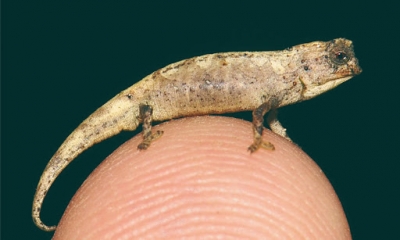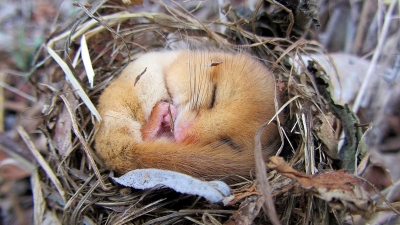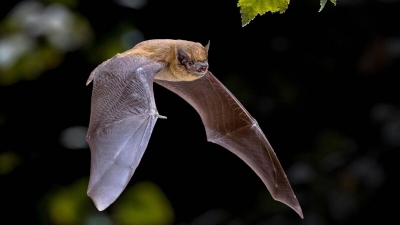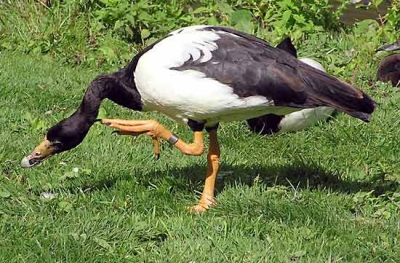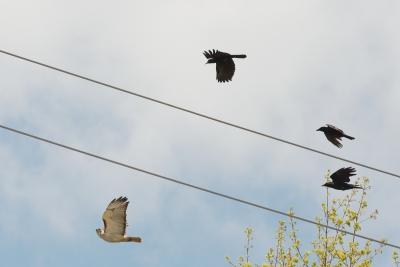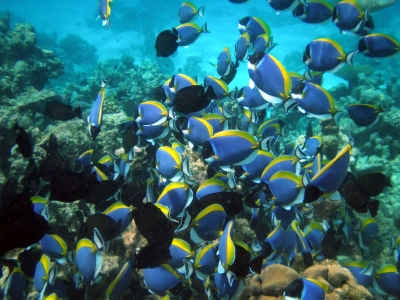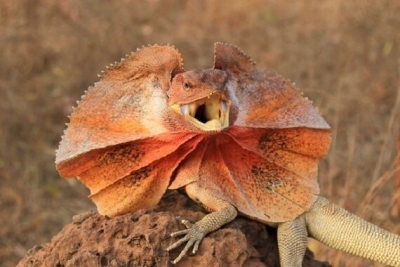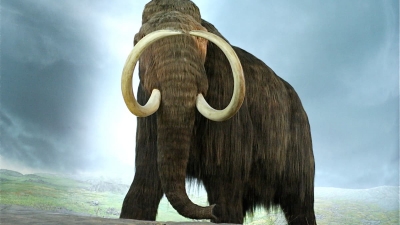
Resurrecting animals from extinction may sound like a wild dream. But scientists have been nurturing this dream for nearly a decade. In 2012, biologist George Church, now a professor of genetics at Harvard Medical School, the U.S., mentioned the possibility of bringing back an extinct species "by rewriting the genes of a living relative". And the extinct species he had in mind was the woolly mammoth whose living relative happens to be the Asian elephant. They share 99.6% of DNA and a common ancestor that lived about six million years ago. Though the idea gamered a lot of attention back then, the same could not be said about its funding. But that has changed now.
Colossal, a new bioscience and genetics company, has come forward to back this de extinction project with an initial funding of a $15 million investment.
What is de-extinction?
De-extinction is the process of resurrecting species that have died out or gone extinct. Three primary methods have been proposed to resurrect extinct animals. They are cloning, genome editing and selective breeding. Apart from the woolly mammoth, the passenger pigeon, the thylacine and the gastric-brooding frog are some of the organisms that have been considered for de-extinction. What about dinosaurs? Reintroducing the prehistoric reptile giant is out of the question, mainly because of the extreme old age of specimens and hence the possibility of DNA degradation.
What is Colossal?
Colossal is a bioscience and genetics company co-founded by George Church, who has pioneered new approaches to gene editing, and Ben Lamm, a technology entrepreneur. It is focused on advancing the field of species de-extinction, using CRISPR and other genome editing technologies. Colossal has set its sights on creating an elephant-mammoth hybrid by making embryos in the laboratory.
How will they resurrect the woolly mammoth?
Scientists already have fragments of DNA retrieved from fossils of the woolly mammoth. They will edit elephant DNA and add "genes for mammoth traits like dense hair and thick fat for withstanding cold". An artificial mammoth uterus will be created to carry the embryo. This is certainly one of the challenges because the uterus has to be large and strong enough to host the foetus for nearly two years when it is likely to weigh about 200 pounds. Colossal aims to have something similar to a woolly mammoth calf within the next six years.
What do we know about the woolly mammoth?
- Woolly mammoths are Ice Age herbivores, whose closest living relatives are the Asian elephant.
- They were among the last members of the mammoth species that roamed the planet during the Pleistocene epoch.
- They lived on northern continents and went extinct about 4.000 years ago. They had a thick furry coat that protected them against the extreme cold Their tusks were very long, about 15 feet and were used for fighting and digging in the deep snow. Their ears were smaller compared to those of today's elephants. This was probably an adaptation to minimise frostbite and heat loss. They kept their ears closer to their heads, which in turn kept them warmer.
- They were probably about the size of African elephants.
- They ate grass other types of plants and flowers. The cause for extinction is believed to be a combination of factors - including the disappearance of habitat and hunting by humans.
- In 1796, French biologist Georges Cuvier was the first to identify the woolly mammoth as an entirely new species.
What are the positives of this de-extinction initiative?
The project is framed as an effort to help conserve Asian elephants by equipping them with traits that allow them to thrive on the vast stretches of the Arctic known as the mammoth steppe. The hybrid will be a cold-resistant elephant, but it will look and behave like a mammoth and do all the things that elephants and mammoths do. in particular knocking down trees.
If a few woolly mammoth babies do manage to emerge successfully in a few years, they will raise hopes for several endangered species teetering on the edge of extinction. Since species re-introduction can revive vegetation, and even ecosystems, it's good news for more than just animals. For instance, once woolly mammoths-large grazers - vanished the tundra gradually came to be dominated more by shrub rather than its original grasslands. So, bringing them back could mean the increase in the area of grasslands too. Again, in the absence of large animals such as these mammoths to "scrape away thick insulating layers of winter snow, the extreme winter cold does not penetrate the soil any more. This, along with warmer summers, has increased permafrost melting and the resultant release of greenhouse gases trapped underneath. So, in a way, woolly mammoths could fight global warming and climate change too.
What are the ethical questions?
While the woolly mammoth project has its positives, it is still riddled with questions on ethics.
- Is it right to create or bring back an animal we know very little about?
- Or any animal for that matter, since extinction is a natural process?
- What if it negatively affects the ecosystems in ways we could not predict?
- Importantly, studying any impact on ecosystems is a long-term endeavour, and what if irrevocable damage is done by the time the impact is evident?
- As we know, elephants are highly intelligent and emotional beings. In the absence of a real mother and the long-lasting bonding, where will the little ones get their support, care, and learning from?
- Is it morally right to put these animals in answers to these questions?
Picture Credit : Google
